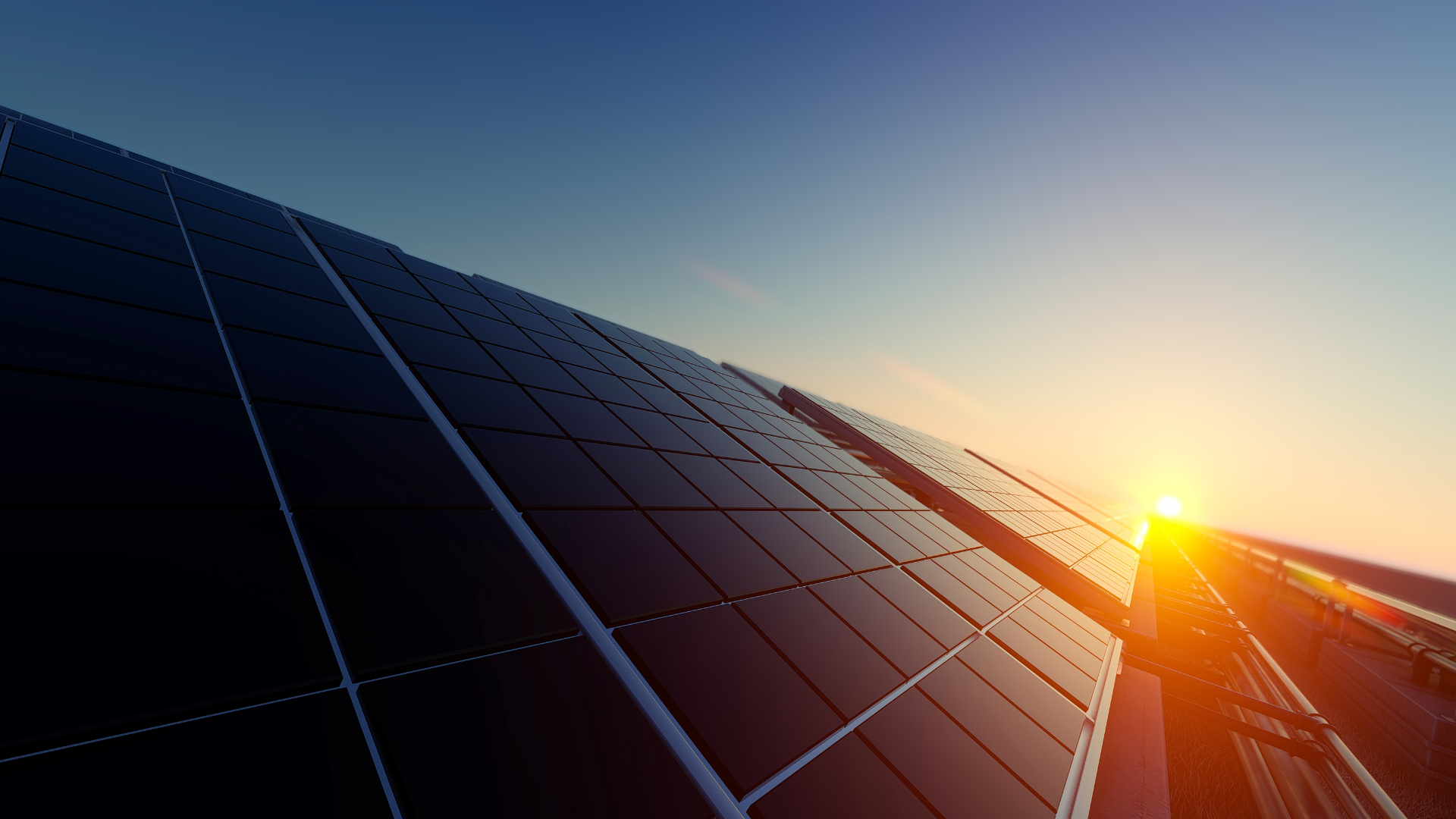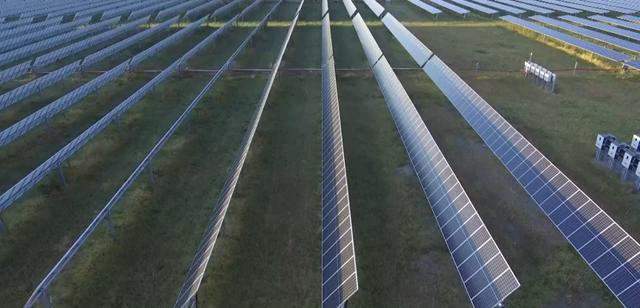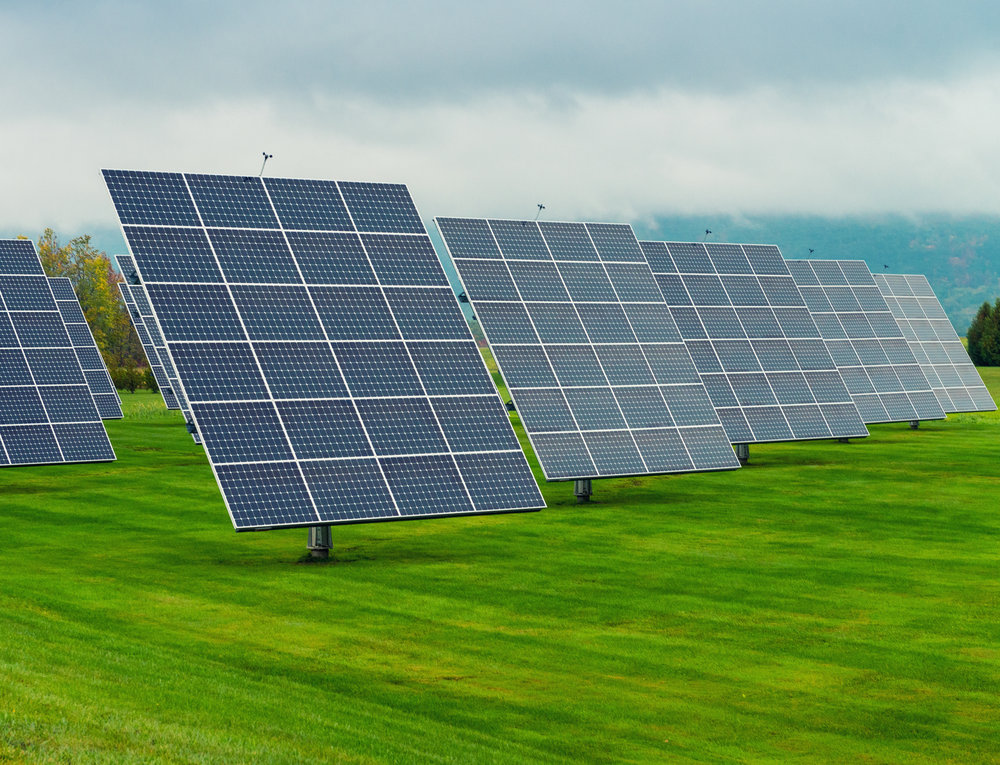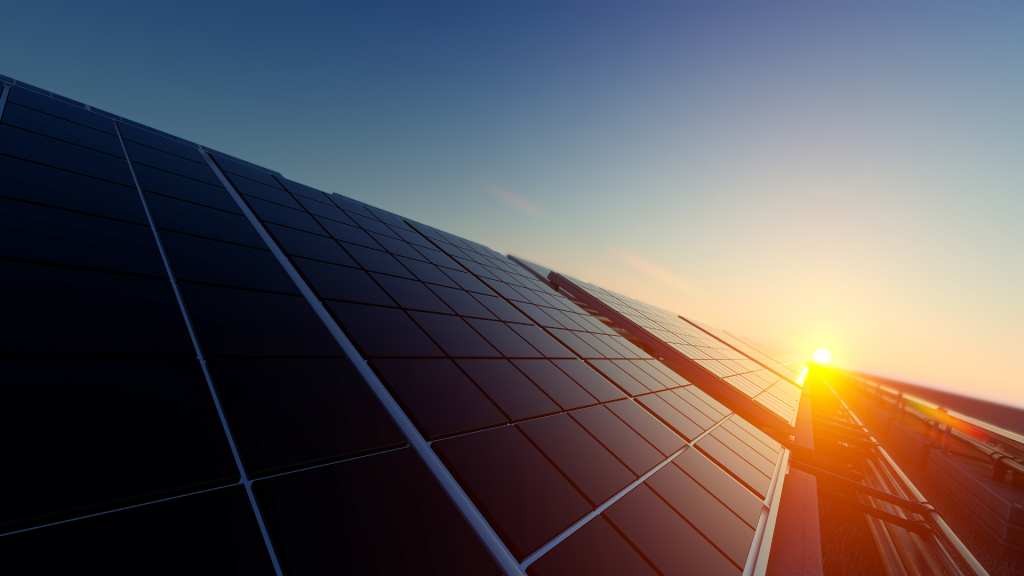On August 10, 2023 the Department of Treasury and IRS released final rules and procedural guidance for the Low-Income Communities Bonus Credit program.
The announcement included the launch of a landing page hosted by the Department of Energy, where you’ll find existing resources and can expect to see updates as they become available.Table of Contents
The application process provided in August’s procedural guidance is relevant for the first two rounds of 1.8 GW of capacity: 2023 and 2024, but Treasury reserves the right to adjust certain rules before the 2024 capacity is made available. Ahead of the 2025 allocation, Treasury and the IRS will provide a comprehensive update for the rules moving forward.
When can we apply?
- Register for the September 29th webinar: Webinar Registration – Zoom
- Materials, including the final regulations, to help applicants prepare their submissions are available on the Department of Energy landing page: Low-Income Communities Bonus Credit Program | Department of Energy. This page will be updated with additional resources over the coming weeks so please continue to check back for updates.
The window will open later this fall. The official date will be announced at some point in September but the current assumption is DOE will launch its portal in October and applicants will be able to begin submitting projects. There will be a 30-day period that begins when the application window opens. After that, applications will be accepted on a rolling basis until the IRS allocates all available capacity in the program year. DOE has shared that it plans to accept applications for the 2023 program year through early 2024. You may only submit one application per project per allocation year.
How will the review process work?
Generally, applications submitted during the initial 30-day window in all four categories will be considered as submitted on the same date and at the same time. But there are a couple of exceptions for the first program year: (1) if any category (or subcategory) receives applications exceeding available capacity in that initial window, there will be a lottery to determine the order in which DOE reviews applications; but (2) if your application commits to meeting the Additional Selection Criteria (ASC), it will not enter the lottery as DOE will prioritize its review.
The ASC includes two options to set your project apart: ownership and geographic criteria (explained further in the next section). If ASC applications alone exceed the capacity for a category, the few that commit to both ownership and geographic criteria will be reviewed first and the others will enter a lottery of their own to determine the order that ASC applications are reviewed in.
After the first 30 days, submitted applications will be reviewed on a rolling basis in the order they are submitted until the IRS allocates all available capacity. For the categories that receive an excess of applications in the initial window, you can still apply but DOE will only consider your project if capacity remains after all the 30-day window applications are reviewed.
DOE will evaluate applications and provide recommendations to the IRS on which to award and which to reject, at which point the IRS will issue a Capacity Limit allocation award letter or a denial letter. Once the IRS allocates all available capacity in a category, DOE will stop reviewing applications for that category and the program year will close – no further action will be taken on remaining applications. Applicants will have to reapply in the next program year.
Lastly, there will be a cure period for applications where DOE identifies missing or incorrect information. If you receive a request for additional information or documentation, you must do so within 21 business days or your application will be marked as withdrawn.
What are the Additional Selection Criteria?
Ownership: A qualified facility will meet the Ownership Criteria if it is owned by a Tribal enterprise, an Alaska Native Corporation, a renewable energy cooperative, a qualified renewable energy company meeting certain characteristics, or a qualified tax-exempt entity.
Comprehensive requirements for the five categories are provided in the rules under section VIII: Additional Selection Criteria. For example, an applicant must satisfy each of the following to be eligible as a qualified renewable energy company:
- (1) At least 51 percent of the entity’s equity interests are owned and controlled by (a) one or more individuals, (b) a Community Development Corporation, (c) an agricultural or horticultural cooperative, (d) an Indian Tribal government, (e) an Alaska Native corporation, or (f) a Native Hawaiian organization;
- (2) Has less than 10 full-time equivalent employees and less than $20 million in annual gross receipts in the previous calendar year;
- (3) First installed or operated a qualified solar and or facility two or more years prior to the date of application; or has provided solar services as a contractor or subcontractor to qualified solar or wind facilities with at least 100 kW of cumulative nameplate capacity located in one or more low-income communities
Geographic: To meet the Geographic Criteria, a facility would need to be located in a Persistent Poverty County (PPC) or in a census tract that is designated in the Climate & Economic Justice Screening Tool (CEJST) as disadvantaged based on whether the tract is either (a) ≥ 90th percentile for energy burden and ≥ 65th percentile for low income, or (b) ≥ 90th percentile for PM2.5 exposure and ≥ 65th percentile for low income.
Comprehensive requirements for meeting the geographic criteria, including details on the most recent PPC measure adopted by the USDA, are also included in section VIII of the rules.
What are the final category MW allocations?
| Category | Capacity* | Adder Percentage |
|---|---|---|
| 1: Located in a Low-Income Community | 700 MW: 490 for residential BTM and 210 for FTM/non-residential BTM | 10% |
| 2: Located on Indigenous Land | 200 MW | 10% |
| 3: Qualified Low-Income Residential Building Project | 200 MW | 20% |
| 4: Qualified Low-Income Economic Benefit Project | 700 MW: all FTM + any project sending ≥ 50% of generation to the broader grid | 20% |
The Treasury and the IRS confirmed that the 700 MW Category 4 is designed for community solar. Even though community solar facilities can also apply to the subcategory in category 1 for FTM projects, the intent is clear:
- The Treasury Department and the IRS seek to encourage community solar projects to apply in Category 4 as opposed to Category 1 because, although Category 1 facilities must be located in low-income communities, they do not necessarily have to serve low-income customers and do not have to comply with Category 4 financial benefits requirements. Therefore, directing more community solar projects to Category 4 where there is a protected set aside of 700 MW better promotes programmatic goals.
Offtake requirements for Category 4 are included below.
When and how are awards expected to come out?
The first awards are expected before the end of the year, but allocations for facilities meeting the ASC will be made from the 50% reserved block before regular applications begin receiving allocations. Therefore, the timeline of awards for non-ASC projects depends on the quantity of applicants that commit to the ASC. The IRS will send final decision letters through the portal to inform applicants. Award letters will state the amount of allocated capacity, based on the nameplate capacity (DC) in the application. Note that the last project in a category may be awarded at less capacity than its nameplate due to the category’s capacity limit.
What happens to unused capacity and oversubscribed categories?
If any categories end up with unused capacity or don’t have enough to award all the eligible applications, the IRS can choose to reallocate capacity between categories. If unclaimed allocations remain at the end of the program year, those MW will roll over into 2024 on top of the next round of 1.8 GW. This guidance is specific to the first two program years; Treasury and the IRS will provide updated guidance ahead of the 2025 allocation, at which point the agencies may adjust how the 1.8 GW are broken down.
What do we need in order to apply?
Once the DOE portal opens, you will be able to submit one application per project. The rules specify that the entity submitting the application must be the owner of the project and that the individual who completes the application has to have personal knowledge of the facts included – they’ll also need a Login.gov account.
The application will require basic information about the project, a series of attestations, and documents that demonstrate adequate project maturity. See section 7. Application Process in the procedural guidance for all the requirements, which vary across project types and categories.
Requirements for a category 4, FTM project:
- Documentation
- Copy of the final executed interconnection agreement
If the interconnection agreement cannot be signed prior to construction or interconnection, a signed conditional approval letter from the jurisdictional utility and/or an affidavit stating that an interconnection agreement cannot be executed until after construction signed by an individual with authority to bind the applicant - If ownership ASC
Documentation demonstrating applicant meets Ownership Criteria Documentation
- Copy of the final executed interconnection agreement
- Attestations
- Site control
Has site control through ownership, an executed lease contract, site access agreement or similar agreement - Permits
Has obtained all applicable federal, state, tribal, and local non-ministerial permits, or that the facility is not required to obtain such permits - Legal compliance
Is in compliance with all federal, state, and local laws, including consumer protection provisions, and safety obligations, and will not engage in any unfair or deceptive acts or practices - Subscription sizing
Offtaker subscriptions will be sized to meet the customer’s energy needs, considering historical customer load and/or reasonable future load projections, in accordance with applicable state and local requirements - Location
Proposed location has been determined suitable for installation - Consumer protection
Consumer disclosures informing customers of their legal rights and protections have been and will be provided to customers prior to executing a subscription contract - Financial benefits
Will ensure at least 50% of the financial benefits are provided to qualified households at a minimum 20% bill credit discount rate - If geographic ASC
Location is eligible based on PPC/CEJST
- Site control
What are the offtake rules for category 4 community solar projects?
At least 50% of the capacity must be delivered to qualified low-income households and those households have to see at least a 20% discount on the bill credits they receive. The income threshold to qualify is 200% of the federal poverty level (FPL) or 80% of the area median income (AMI). There are several ways to provide income verification: (1) state program participation, (2) categorical eligibility, and (3) income documentation.
Solstice is pleased to see – after months of advocacy – that the IRS provided an avenue for aligning existing state-level verification methods with the low-income communities program. As long as a state program’s income limit is not above the federal limit, its existing approvals are sufficient to qualify customers for this program, as long as customers have qualified for that state program via categorical eligibility (proof of participation in other assistance programs) or self-attestation (written confirmation that they meet the income requirements). The one exception to the state alignment rule is geo-eligibility; unfortunately, any household that has qualified for a state program by living in a geo-qualification zone is not automatically eligible for this program. They would have to be qualified via another method.
The list of approved programs for categorical eligibility includes Medicaid, LIHEAP, WAP, SNAP, Section 8 Rental Assistance, the Housing Choice Voucher Program, the Federal Communication Commission’s Lifeline Support for Affordable Communications, the National School Lunch Program, the Supplemental Security Income Program, and any verified government or non-profit program serving Asset Limited Income Constrained Employed persons or households. To qualify under one of these programs, an individual in the household must be currently enrolled or have received an award letter or other written documentation from the program in the previous 12 months.
Finally, if a household is not enrolled in a qualifying program, paystubs, tax returns, or relevant information from crediting agencies and commercial data sources can be used for verification. For all of these methods, subscribers only need to be verified as eligible once, at the time of enrollment.
When does the bonus tax credit apply?
A capacity allocation corresponds with an increased tax credit for the taxable year in which the project is placed in service, which has to happen within four years of receiving the award. Upon placing the project in service, the owner must report to DOE the date and provide the following:
- Attestation confirming no material ownership or project changes from the application;
- PTO letter confirming the project has been placed in service and its location;
- Final, professional engineer stamped (if required by state or local law) as-built design plan, PTO letter with nameplate capacity listed, or other documentation verifying as-built nameplate capacity; and
- For category 4 projects, a list including all low-income subscribers, allocation sizes, method of income verification, and confirmation that the expected financial benefit will be delivered with at least a 20% bill credit discount.
Once all of the above have been satisfied, you will receive confirmation that you may claim the tax credit increase corresponding with the category percentage. If the project ends up being larger than your awarded capacity but still below 5 MW AC, the 10% or 20% increase will be reduced by the percentage difference between award and nameplate capacity at the time you claim the increase. The final steps are to fill out Form 3468 (Investment Credit) or Form 3800 (General Business Credit), and make a transfer election or elective payment election if you so choose.




